Little Scientists
I gave my seventh speech at Windsor Speakers Toastmasters in March 2015. It was for Project 7 "Research Your Topic" from the Competent Communication Manual.
Listen to my speech with slides on YouTube.
Or, if you prefer, the slides and narration follow.
Image sources:
http://www.huffingtonpost.com/jason-p-stadtlander/right-and-wrong-good-and-_b_5504133.html
http://imgarcade.com/1/labeling-people/
http://www.ditchthelabel.org/


Have you ever heard people say:
“we shouldn’t label people”
“we should take people at face value”
“stereotypes are harmful”
Fellow Toastmasters (and very welcome guests), I’m going to tell you how interpreting this…

... photo tells us that stereotypes are actually inevitable.
Some of you might have seen this photo last week.
It was seen and discussed by millions of people who couldn’t agree on whether the dress was black and blue or white and gold.

Perception is not passive.
We automatically factor in the light source when deciding what colour something is.
Daylight and light from fluorescent bulbs is blueish.
Whilst light from incandescent bulbs is yellow.
However, objects appear the same colour under different light conditions.
That’s the same photo from before. The only difference is its context.
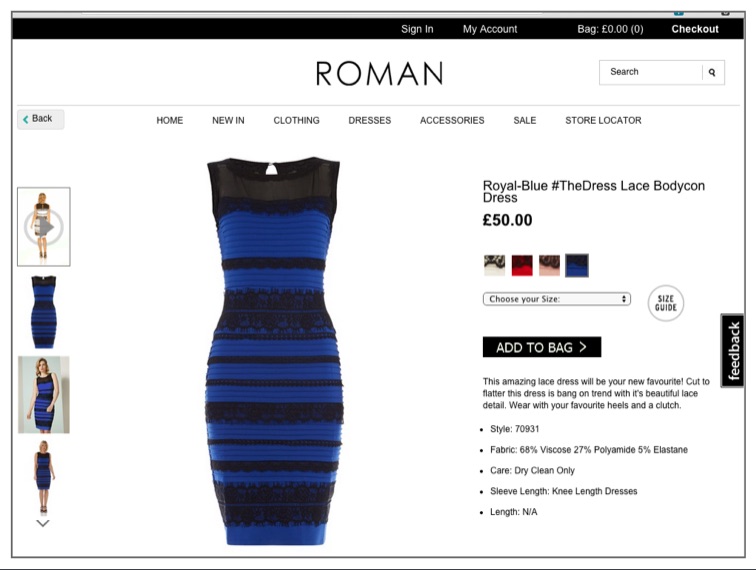
Here is same dress shown on sale.
It’s black and blue, right?
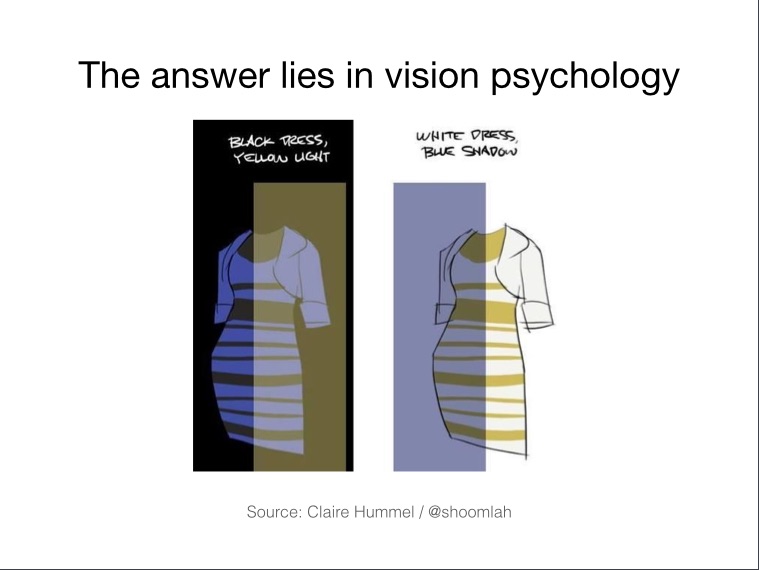
When we don’t have enough information to determine the light source, the colour we see depends on the assumed light source.
If we assume a yellow light source, the dress is black and blue.
If we assume a blue light source, the dress is white and gold.
I’m going to demonstrate some more perceptual gymnastics now.
Image source: Claire Hummel / @shoomlah
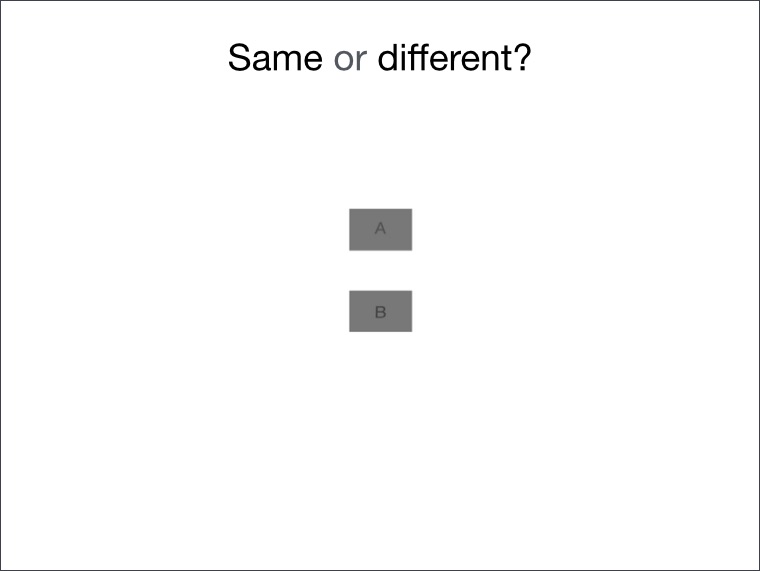
Are the blocks A and B the same or different shades of grey?
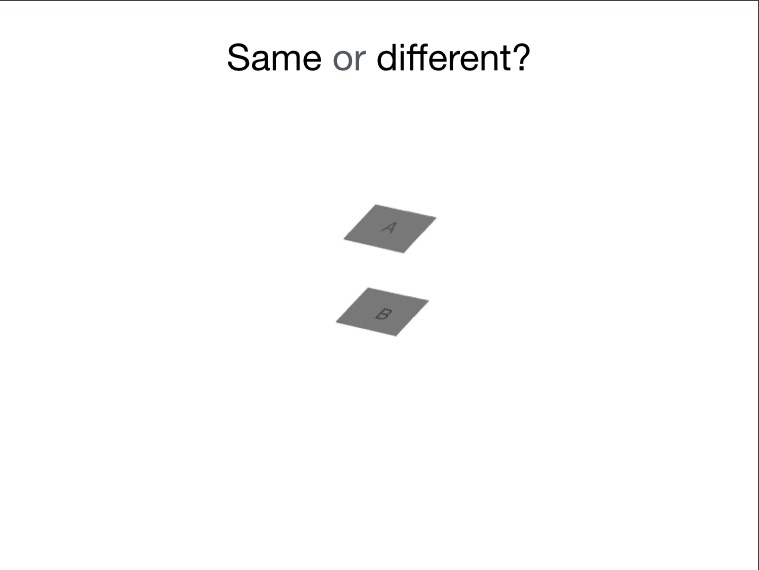
Are these skewed blocks the same or different colour?
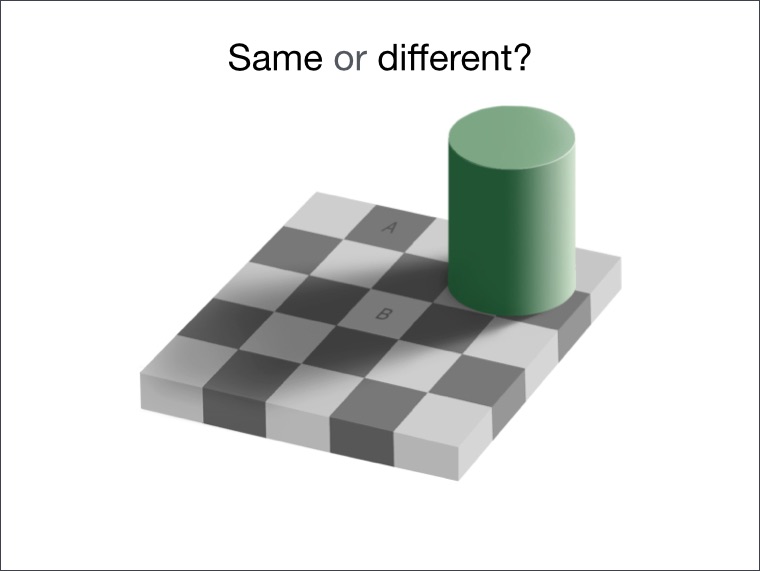
Now, do you see the blocks A and B as the same grey or different?
They are the same.
I haven’t changed them from the previous slide.
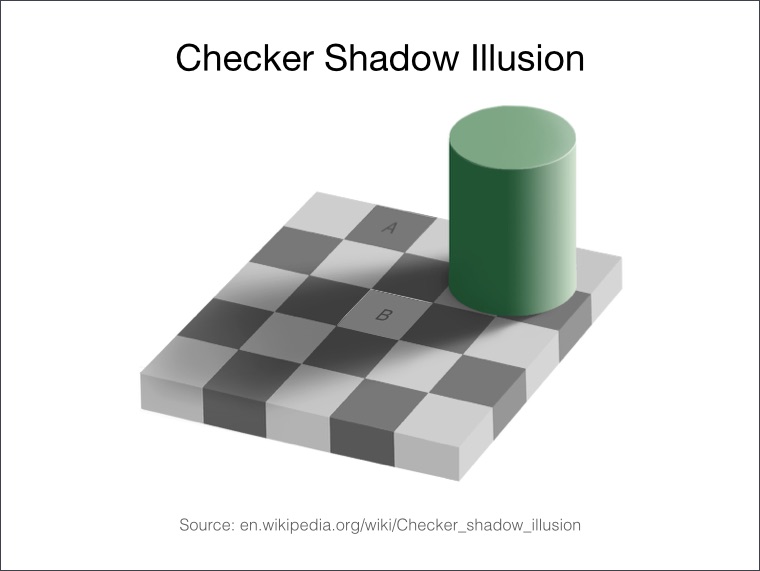
This is the Checker Shadow Illusion by Edward Adelson.
We see block B as lighter than A because various visual cues tell us that B is in shadow.
We adjust our perception of block B accordingly.
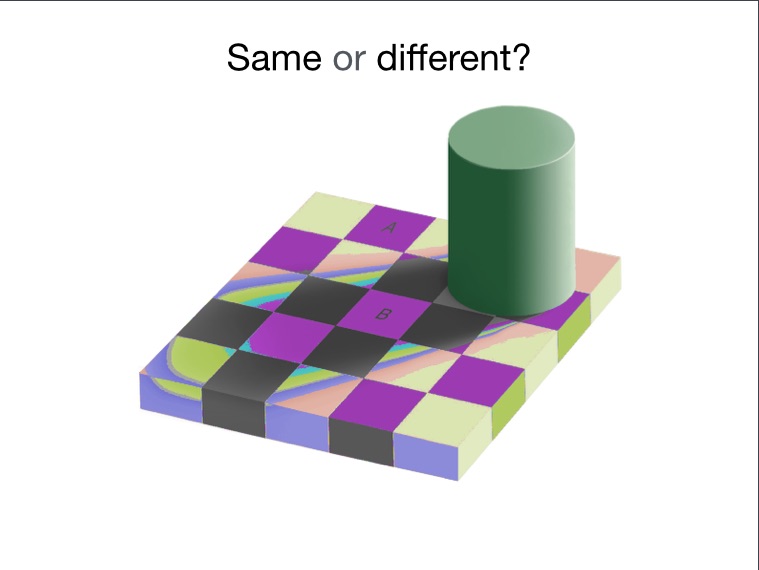
Here, I’ve colorised each shade of grey to show how this illusion is constructed.
Do the blocks A and B look the same colour to you now?
That’s because these blurred rings are no longer interpreted as a shadow.
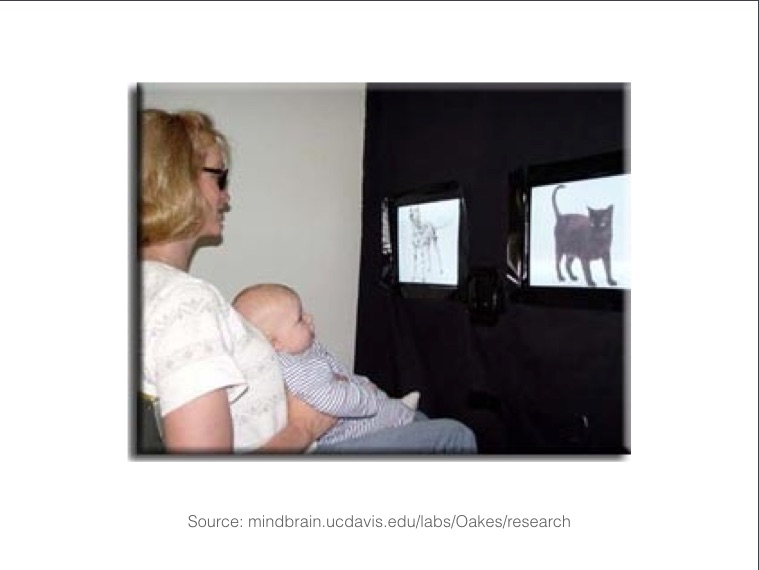
By 4 months, babies can group dogs together and can recognise that cats are different from dogs.
This is an extraordinary accomplishment if you note that, at 4 months babies don’t even know the words “cat” or “dog”.
And also if you bear in mind that dogs and cat look very similar.
The developmental psychologist, Piaget, described children as “Little Scientists”.
They perceive the world by forming hypotheses and testing them.
As we are exposed to more and more variations, we split, expand or refine our categories.
Categories, groupings, labels, stereotypes - they are all the same thing. Necessary short-cuts.
I will demonstrate.
Image source: mindbrain.ucdavis.edu/labs/Oakes/research
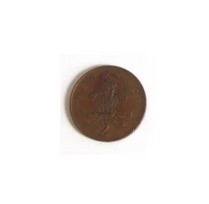
What is this?
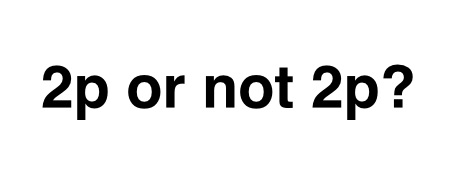
Okay, so you can recognise it from a distance.
But can you accurately draw both sides of a 2p coin from memory?
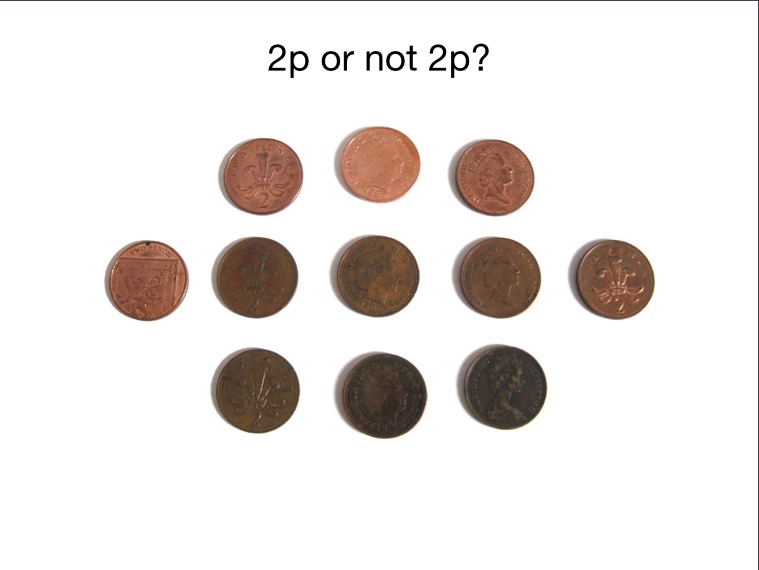
These all look different. And yet we know that these are all 2p coins because they look similar to other 2p coins we’ve encountered.
What if, each time you encountered a 2p coin, you had to figure out what is was from scratch? You couldn’t rely on the context, its size, colour, weight, patterns.
Now apply that to all coins. You have to work out what each coin is from scratch, every time.
Now apply that to all money.
Now apply that to all chairs, doors, tables, pubs, restaurants, nurses, policemen.
Every object. Every animal. Every person.
Every. Single. Thing.
If we have a word for it, it’s already a general category.
For example, the word “tree” doesn’t include the description of every variation of every tree - small, large, green, red, in winter, in blossom.
However, we can use the word “tree” and people still know what we mean.
Without categories this is what the world would look like. Noise.
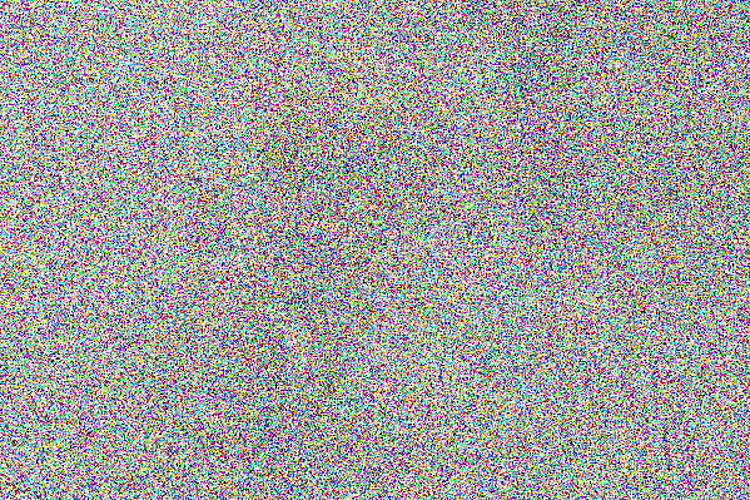
Without categories, we’d have to explore the world with all of our senses to figure what was around us - for every thing, every time.
Stereotypes are the by-product of automatically grouping things into categories.
Without the ability to make and perceive categories, we could not survive.
I will gradually remove the noise from this photo.
When do you see what it is?
#1

#2
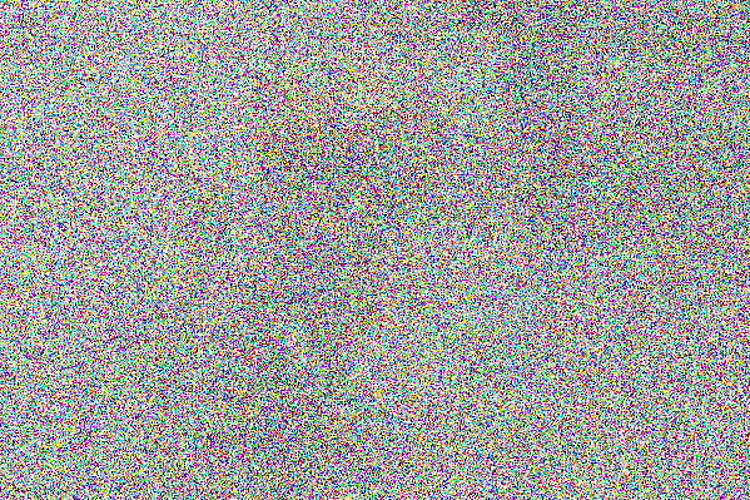
#3

#4
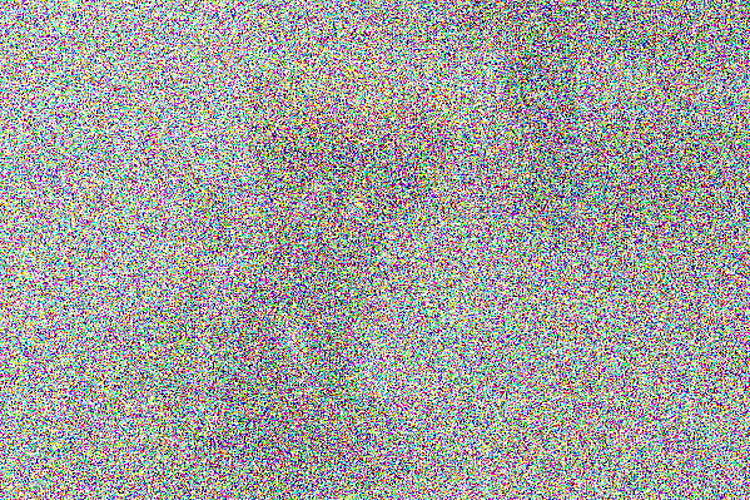
#5
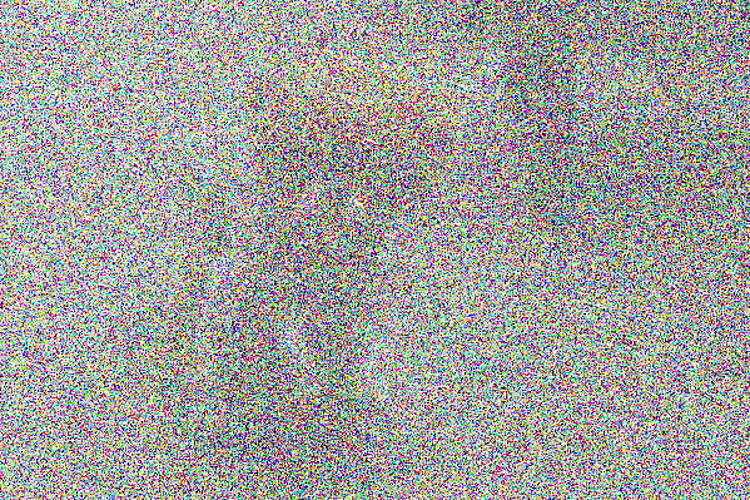
#6
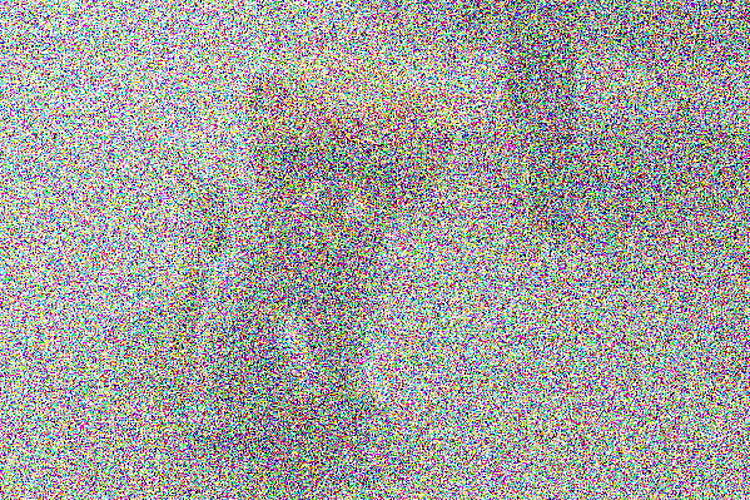
#7
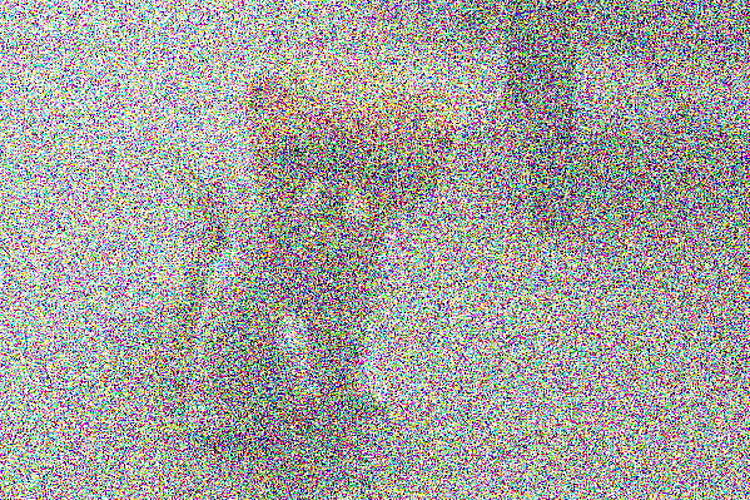
#8
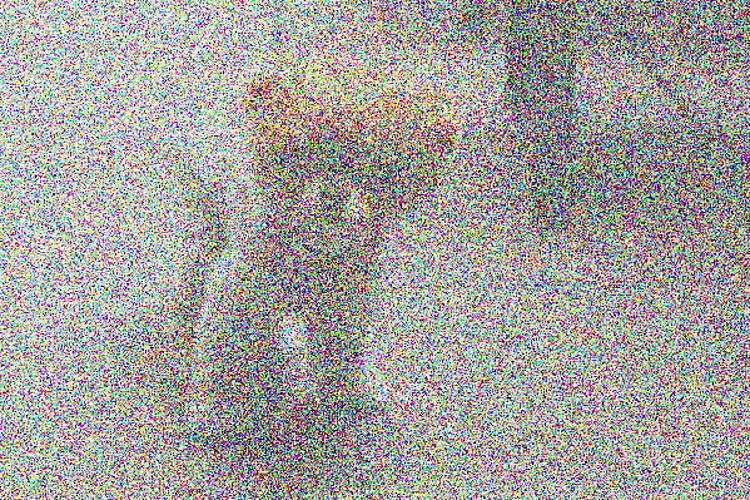
#9
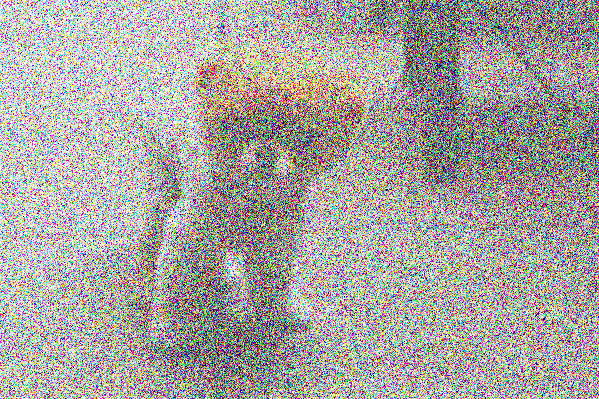
#10

#11
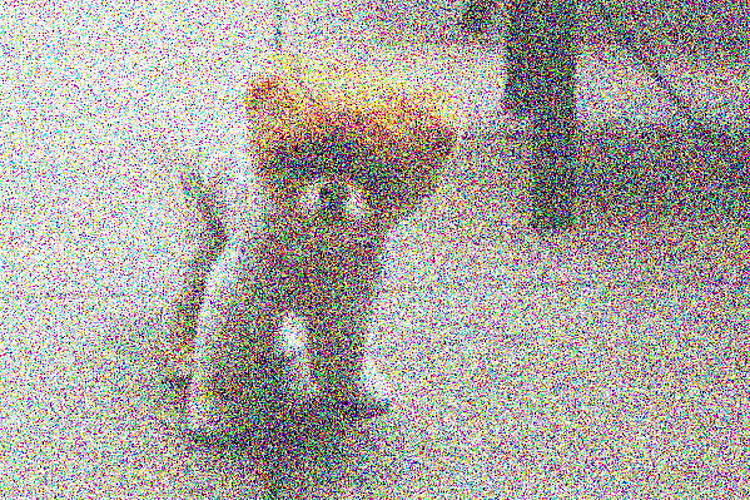
#12
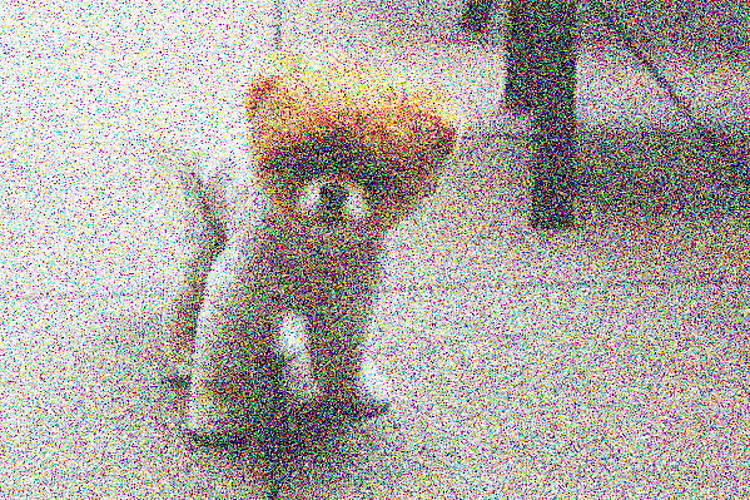
#13
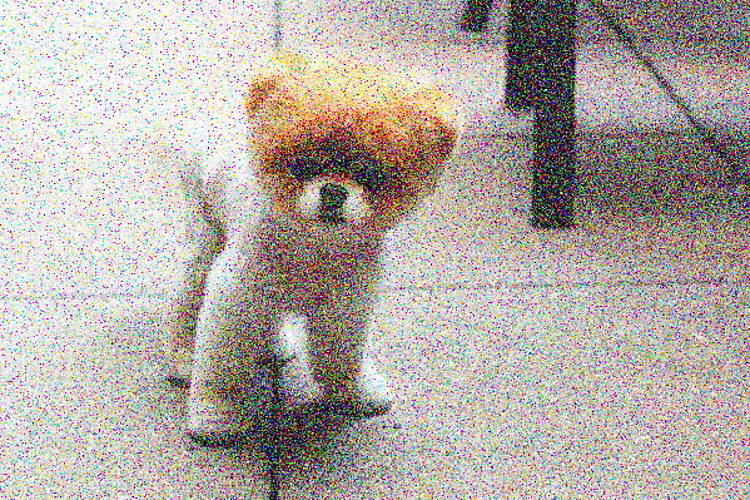
#14
In conclusion:
- so you can’t accurately draw a 2p coin from memory
- you see the dress as white and gold rather than black and blue
Those aren’t failures.
They are all signs of extraordinary success as a species.
Give yourself a round of applause. You deserve it. You are all extraordinary.
Leave a reply
Your e-mail address will not be published. Required fields are marked*